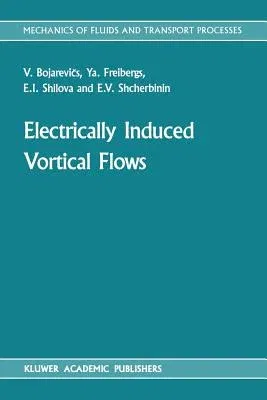V Bojarevi°s
(Author)Electrically Induced Vortical Flows (Softcover Reprint of the Original 1st 1989)Paperback - Softcover Reprint of the Original 1st 1989, 1 October 2011

Qty
1
Turbo
Ships in 2 - 3 days
In Stock
Free Delivery
Cash on Delivery
15 Days
Free Returns
Secure Checkout
Part of Series
Mechanics of Fluids and Transport Processes
Print Length
400 pages
Language
English
Publisher
Springer
Date Published
1 Oct 2011
ISBN-10
9401070172
ISBN-13
9789401070171
Description
Product Details
Book Edition:
Softcover Reprint of the Original 1st 1989
Book Format:
Paperback
Country of Origin:
NL
Date Published:
1 October 2011
Dimensions:
23.39 x
15.6 x
2.06 cm
ISBN-10:
9401070172
ISBN-13:
9789401070171
Language:
English
Location:
Dordrecht
Pages:
400
Publisher:
Weight:
553.38 gm

